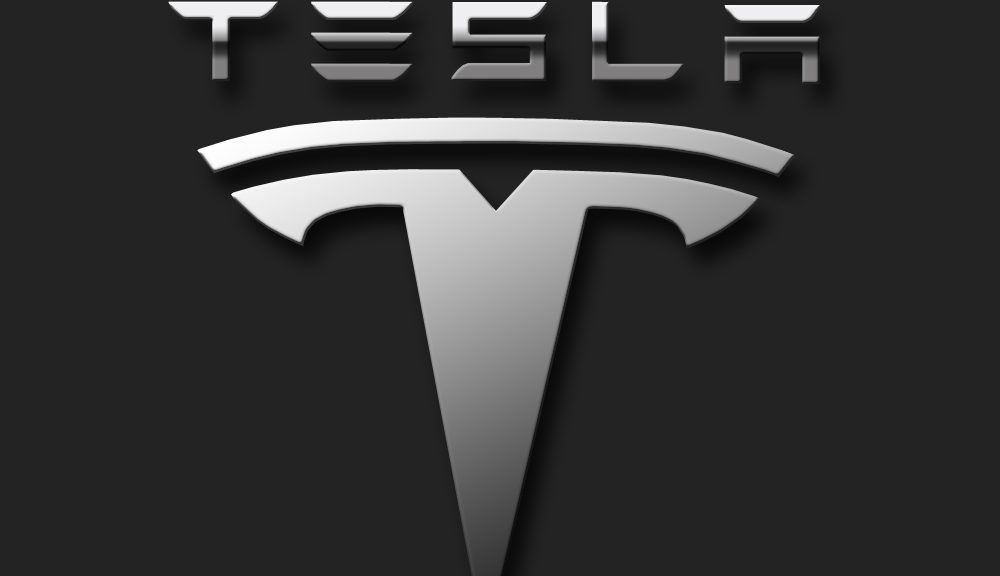In July, Tesla and its owner Elon Musk announced that it is building the world’s largest lithium-ion battery in South Australia — an installation 60 per cent larger than any other large-scale battery energy storage system on the planet.
In partnership with the South Australian government and French renewables company Neoen, alongside the third stage of the Hornsdale Wind Farm, the PowerPack battery farm will top 100 megawatts of capacity and provide 129 megawatt-hours of energy generation to the region — load balancing the state’s renewable energy generation and allowing emergency back-up power if a shortfall in energy production is predicted.
According to Musk, the battery will keep the lights on in South Australia. This statement is an increasingly important one as it comes at a time where the state has struggled with reliable energy generation and recently suffered from a statewide blackout caused by a 50-year storm last September.
Tesla has detailed its planned development in a recent blog post: “Tesla Powerpack will charge using renewable energy from the Hornsdale Wind Farm and then deliver electricity during peak hours to help maintain the reliable operation of South Australia’s electrical infrastructure. The Tesla Powerpack system will further transform the state’s movement towards renewable energy and see an advancement of a resilient and modern grid.”
In terms of gains in efficiency, the power that this innovative piece of technology has to sustainably and consistently power an entire state is extraordinary. However, while the technology itself may be new and exciting, the processes that Musk and his team will use to deliver them will still need to employ tried and tested Continuous Improvement techniques in order to fulfil the promise of 100 days from contract signature to project completion.
Both Musk and Tesla have a lot riding on this promise. For one, if the project isn’t delivered it will be free for the South Australian government. Secondly, if successful, Tesla stands to cement its reputation as a provider of technologies that can deliver manufacturing into the future, both cheaper and more sustainably.
Tesla has previously claimed it is able to drive down the per kilowatt hour cost of its battery pack by more than 30 per cent by “using economies of scale, innovative manufacturing, reduction of waste, and the simple optimisation of locating most manufacturing process under one roof”.
Breaking this key statement down, it is a little easier to surmise how Tesla is able to make sure a brash promise of completion in 100 days; Musk is placing his confidence in the use of established Lean and Continuous Improvement principles.
When Tesla mentioned ‘economies of scale’ they are referring to when more units of a good or a service can be produced on a larger scale, with (on average) fewer input costs. By following this key principle of lean production, Tesla will be able to apply this time based management approach to its battery production, presumably by repurposing already existing technologies it owns and produces regularly to construct the new, mega-sized lithium-ion battery.
On the surface, the Tesla Way is to go fast and hope that genius and adrenaline can compensate for a perceived lack stability. But according to Musk, ‘innovative manufacturing’ techniques are essential to Tesla rising to the ongoing challenges and opportunities of production in the technological. While these innovative techniques include the practical side of manufacturing including the reduction of cost per unit, its also a reference to how Musk and Tesla approach manufacturing as an overall idea. They are creating an alternate business model – and an alternate business ecosystem – that allows more control over the entire process from ideation to creation. This includes optimising space and man power by locating the entire manufacturing process under one roof, using one set of principles employed and understood by the entire workforce of Tesla.
The reduction of waste is not only a pivotal ongoing lean principle for traditional manufacturing, it is an integral part of Tesla’s business model for future industries and innovations. The car company worked closely with StopWaste’s Use Reusables program to switch to reusable windshield racks, a project that eliminates about 100 tons of cardboard waste a year. Since the new racks hold numerous windshields and can be worked straight from the line, they have improved the overall efficiency of Tesla’s manufacturing process. The car company also has an excellent recycling and composting program and diverts 79% of their waste from the landfill.
To find out how Lean and Continuous Improvement can be applied to your business, call 1300 667 099.





